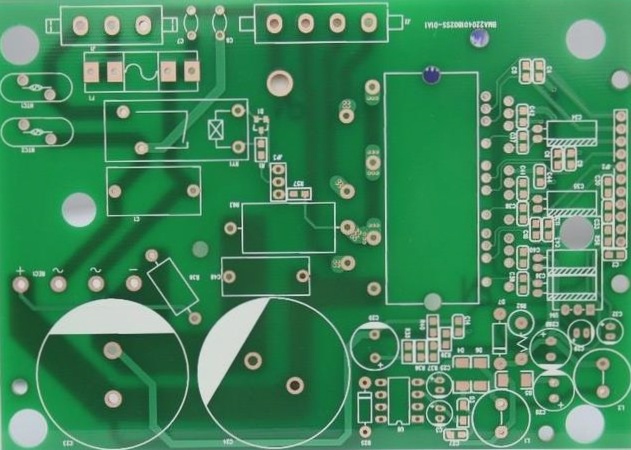PCB Board Stack-Up Design Considerations
When designing a PCB board stack-up, it is crucial to pay attention to the following key points as recommended by engineers:
- Ensure each trace layer has an adjacent reference layer (power or ground).
- Keep the adjacent main power supply layer and ground layer apart to enhance coupling capacitance.
Two-Layer Boards
For single-sided and double-sided PCB boards, controlling EMI emissions primarily involves routing and layout considerations. To improve electromagnetic compatibility:
- Radially route the power supply and parallelize lines.
- Keep power and ground wires close to each other and run a ground wire alongside key signal wires.
- Lay a ground wire along the signal line on the other side of the board for double-layer boards.
Four-Layer Boards
For four-layer boards, consider the following stack-up designs:
- SIG-GND (PWR)-PWR (GND)-SIG
- GND-SIG(PWR)-SIG(PWR)-GND
Ensure proper spacing between signal and power layers to control impedance, interlayer coupling, and shielding.
Six-Layer Boards
For high chip density and clock frequency designs, opt for a 6-layer board with the following stacking methods:
- SIG-GND-SIG-PWR-GND-SIG
- GND-SIG-GND-PWR-SIG-GND
The first stacking scheme provides better signal integrity, while the second offers improved EMI performance with enhanced shielding. Consider the trade-offs between cost and performance when selecting a stack-up design.


